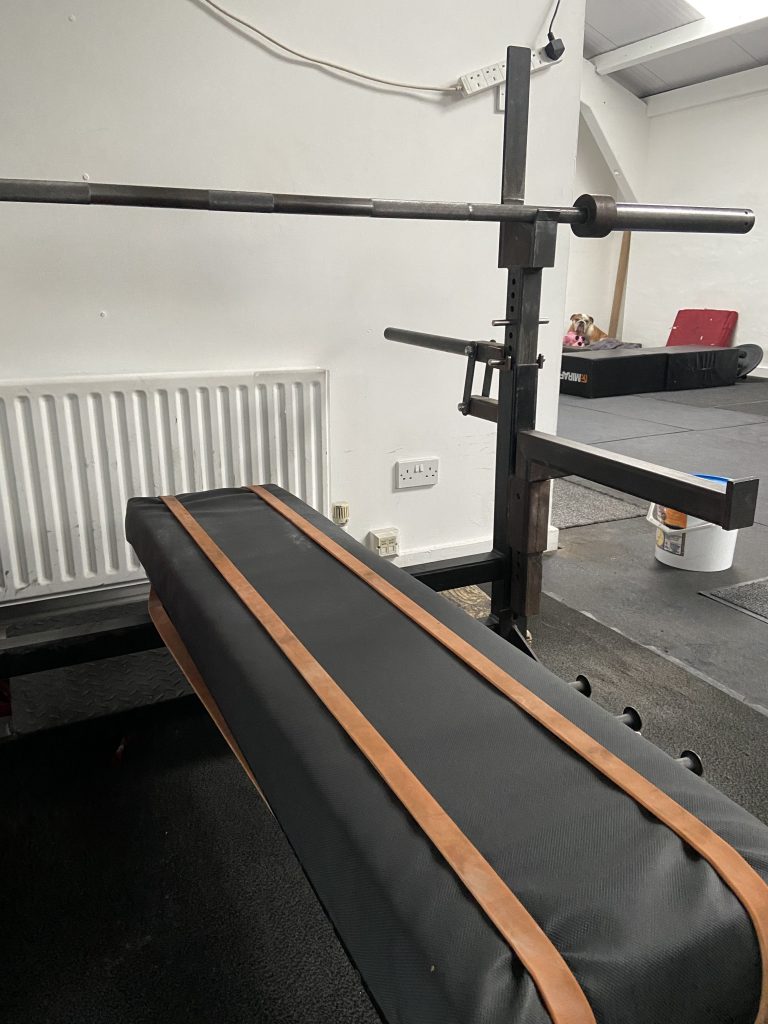Gaining Traction on the Bench Press
This is, despite what you might think from the title, not an article about breaking plateaus.
Instead I am speaking literally and want to discuss in this article the matter of maintaining shoulder positioning on the bench without sliding or slipping. Maintaining ‘grip’ on the bench pad seems to be an issue that lots of people struggle with but very few seem to address.
Firstly let’s talk about correct use of leg drive on the bench press.
A lifter should generate force with their lower body driving themselves back up onto their upper traps. This drive should not stop and start sporadically throughout the lift but rather should remain constant.
Despite the fact that the glutes must remain in contact with the bench pad, there should be virtually no weight through them, so all the weight should be bridging from the feet to the upper traps.
This enables the pressure on the scapula to be released allowing them to be successfully drawn back and down.
If this ‘bridging effect’ isn’t maintained then the pressure diminishes on the upper traps and the upper back rocks onto the scapula, trapping them and preventing sufficient scapula movement throughout the bench press action. When this happens the strain on the muscles of the anterior chain is increased significantly which can lead to pec strains and tears.
So when utilising leg drive and pushing your body back up the bench (towards the uprights) it is essential to gain traction on the bench pad so your upper traps grip the pad and stick in one place. This creates an upper back arch which is the part of your back which will positively contribute to your bench press (as opposed to simply arching the lumbar spine).
If this does not happen then it’s near impossible to gain proper extension of the upper thoracic spine and the whole
Body will just continue to slide up the bench.
Whilst good thoracic mobility and scapula movement are essential to a good setup, the  will make a surprisingly big difference as well.
will make a surprisingly big difference as well.
Getting your traps to stick and ‘grip’ to the bench, is very difficult if the bench pad is slippy / ultra smooth or badly worn bench. Despite this, the material used to upholster many benches in most gyms does not provide even the slightest bit of grip so gaining traction is very difficult.
Now you may say that this is just being picky and will only make a tiny difference but imagine you were trying to squat wide stance on an oil slick under your feet. Our foundation for our bench press is a good solid foot position where our feet don’t slip and slide and good grip for our traps on the bench so that we don’t slip and slide on the bench pad either.
I have seen many people in gyms try to combat this by putting rubber jumpstretch bands round the bench pad and whilst this may be the best option they have when training in the gym, what happens when they go to competition and have to compromise their leg drive and setup because the bench pads are slippy?

Now for training purposes again, you can (if the gym allows and always check first) plaster the bench pad in chalk to at least remove any moisture on the pad to improve the situation marginally. Once again though you can’t do this at competition so if you get used to this you’ll still have to do without when it really matters.
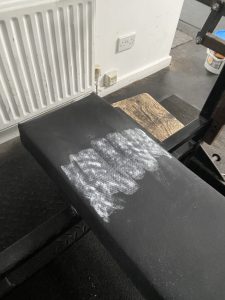
You can get a variety of grip products like football glove goalie spray which is a spray on tacky substance which would help but as well as not being allowed in competition, you won’t find many gyms which will be too happy about you using it. If you train in your own home gym then obviously these methods are available to you but remember to clean your benches after each use. (Find this product at https://www.amazon.co.uk/gloveglu-MEGAGrip-Goalkeeper-Enhancer-conditions/dp/B01D1SB6MS/ref=asc_df_B01D1SB6MS/?tag=googshopuk-21&linkCode=df0&hvadid=309799295213&hvpos=&hvnetw=g&hvrand=6478049042820729129&hvpone=&hvptwo=&hvqmt=&hvdev=c&hvdvcmdl=&hvlocint=&hvlocphy=1006868&hvtargid=pla-526594464393&mcid=b3bd67071c9839baa325964a9e500b55&th=1)
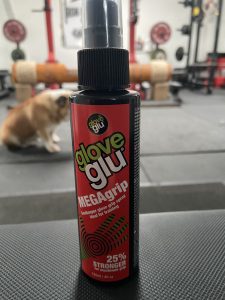
A company called Affinity produce a product called ‘No sweat’ which we have tried using across the upper traps and shoulders during the summer months to stop sweat from making gripping the bench harder. Again this isn’t allowed in competition. (find their product at https://www.iamthecaveman.com/product-page/nosweat-endorsed-by-delroy-mcqueen)
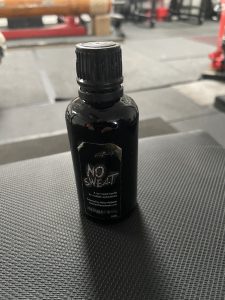
So what do you do when your gym and even competition benches don’t provide you with a decent grippy surface to get setup properly without sliding all over the place?
Well my answer was to spend time researching grippier vinyl materials than what came as standard on the benches I have at my gym. I knew I needed something sweat resistant so I looked at boating vinyls as they will be made to
Resist corrosion from salt water. What I found after months of looking and getting samples through was that the material used for upholstering jet ski seats was both a grippy textured surface and also very hard wearing and resistant to sweat.
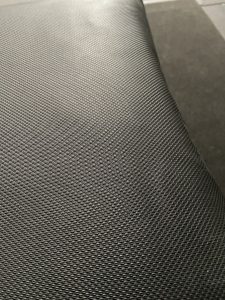
This material, and similar style products is really a game changer and what I have all my benches upholstered with. When you utilise your leg drive and set up on your traps you don’t slide or slip at all on the bench. This leads to more consistent pressing and a reduction in injuries.
Our other specification we always keep consistent is always having carpet (like a hallway runner / welcome mat) under the bench press so that there is never an issue of feet slipping and moisture on the platform causing problems setting up for the bench. This is one thing I’ll say the IPF do well is that the rules state that the platform must have carpet on. For sumo deadlifters, wide stance squatters and feet-in-front benchers, this is absolutely vital and I believe it would be a great advancement if all other feds followed suit on this.
The same with the bench upholstery material. It’s not too difficult to get hold of once you know what to search for but if all gyms used it for their comp benches it would lead to some improved consistency so lifters get the best shot at producing their best lifts on the platform and don’t miss lifts or bomb because their feet slipped due to poorly thought out platform conditions.
If any fellow gym owners want to contact me to get the details of the material I use then please don’t hesitate. I always keep spare and will be happy to reupholster your bench pad myself if you bring it when visiting Iron Forge Gym.
When going to competitions you want to know that you will be able to set up on fairly standardised equipment in terms of the bench and monolift or combi rack used, the bars will be standardised or at least meet certain criteria etc. I believe the same should go for some of the smaller details. The carpet underfoot and using grippy vinyl material on the bench can make just as much difference if not more than what brand of bar ends up on the platform.
Movements towards universal standards being upheld on the platform / equipment used can only benefit the sport and will make choosing competitions less of a gamble.
